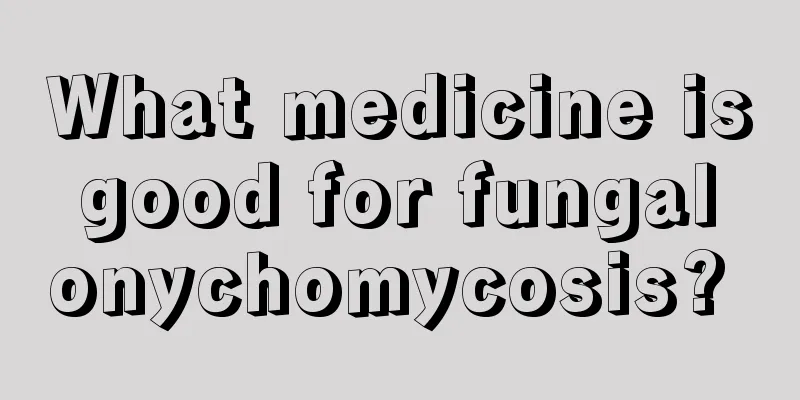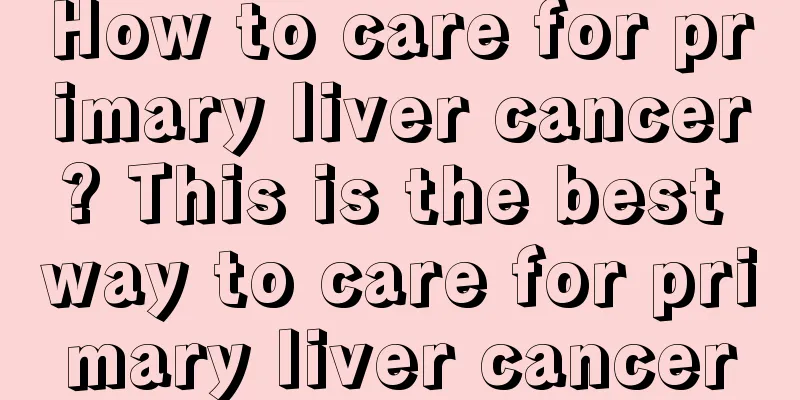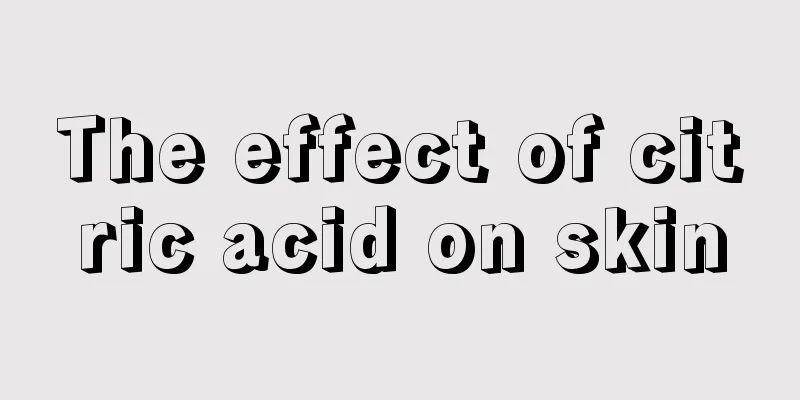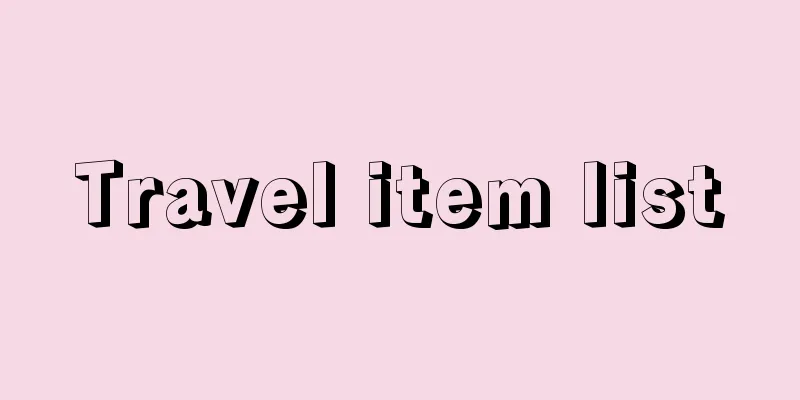What bacteria can make people sick
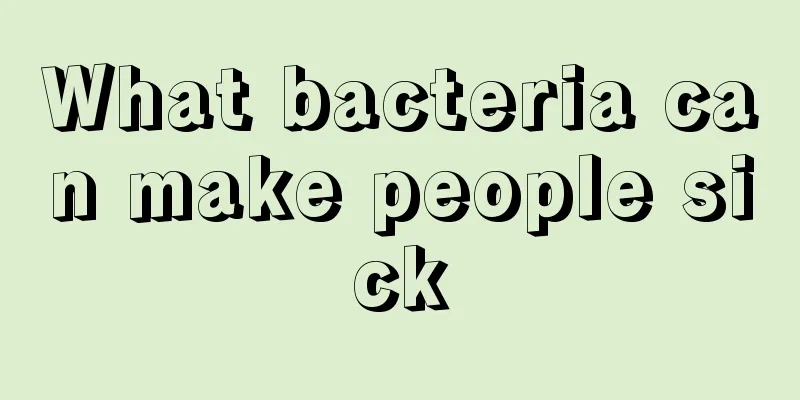
|
Bacteria are very tiny and are everywhere in our lives. Even in the human body, there are many bacteria living there. Some bacteria are beneficial to the human body. The intestinal bacteria in the human body can help the body digest food. However, some bacteria are harmful to the human body. They can cause diseases and even cause death in severe cases. Bacteria are closely related to human health. We must pay attention to hygiene in our lives to prevent bacterial infections. So, what germs make people sick? Pathogens can produce pathogenic substances and cause host infection. If it does not produce pathogenic substances, it is a non-pathogenic bacterium. Under certain conditions, normal flora can also cause infection due to dysbiosis, low host immune function or changes in the site of flora residence, so they should be regarded as pathogens. Vibrio cholerae, Shigella dysenteriae and Escherichia coli can produce enterotoxins that are secreted outside their cells and cause diarrhea in patients; the plague toxins secreted by Yersinia pestis act on blood vessels and lymph throughout the body, causing bleeding and necrosis; some bacteria, such as Salmonella, produce toxins that are not secreted outside the bacterial cells. When people accidentally cut their hands or feet and the wounds are deep, or when a rusty nail pierces the flesh, they must go to the hospital to get a vaccination to prevent tetanus caused by Clostridium. Clostridium also comes from the soil and is an anaerobic bacterium that does not like oxygen. It thrives in deep wounds where there is less oxygen and produces a toxin that can kill people. There is also a type of Clostridium that produces one of the most powerful toxins known to humans (0.1 micrograms is enough to kill a person). It does not reproduce in the host body, but instead reproduces and produces toxins in canned pickled fish and meat. However, modern advanced and effective food preservation methods have made botulism poisoning rare. The pathogenic substances of pathogens can be divided into two categories: toxins and invasiveness. Toxins are toxic to the host and can directly damage the body's structure and function. The invasive force itself is non-toxic, but it can break through the host body's physiological defense barriers and survive in the body (medically known as colonization), reproduce and spread. If toxins are considered the "culprit", then invasive force is the "accomplice". |
<<: I always feel like there are bacteria on my hands when washing my hands
>>: How many bacteria are there in a chopstick
Recommend
How many types of orthodontic protective caps are there
With the continuous improvement of living standar...
How to use baking soda to wash white clothes?
White clothes must be washed as soon as possible ...
Different water temperatures produce different washing effects
Taking a bath is essential for each of us. Differ...
Is tongue cancer contagious? What are the common symptoms of tongue cancer?
Tongue cancer is not contagious, and its occurren...
What is the diagnostic order of glioma
We are quite familiar with tumors. Almost everyon...
What are the early symptoms and signs of liver cancer? How to treat liver cancer if it is discovered?
When liver cancer develops to the later stage, it...
How much is the cost of treating cervical cancer 2a
How much is the cost of treating cervical cancer ...
How to prevent hereditary colorectal cancer
I believe that many people will be afraid of colo...
How to remove tea stains from plastic cups
If plastic cups are often used to make tea, tea s...
How to detect bladder cancer
Bladder cancer is a common malignant tumor of the...
How to clean suede shoes
Leather shoes are very common. This type of shoes...
How to treat neuroherpes?
Herpes is a virus that has been studied in depth ...
The most common symptom of kidney cancer is fever
The most common symptom of kidney cancer is fever...
Why do I choke and cough easily?
In our lives, many people often choke when talkin...
There are many small water beans on my hands
Human skin may develop rashes, chickenpox and oth...



